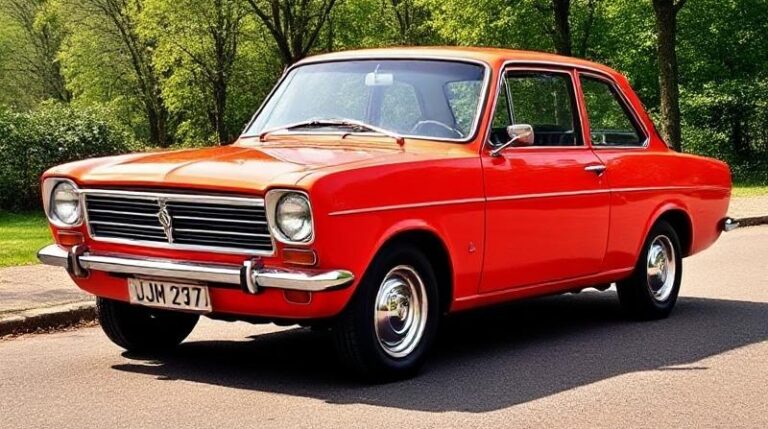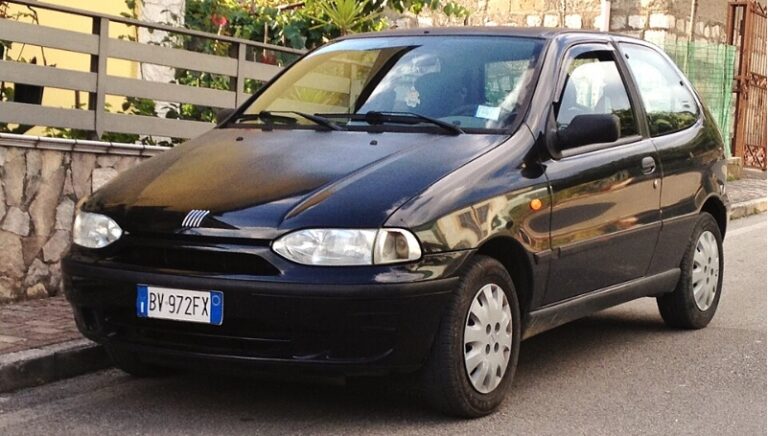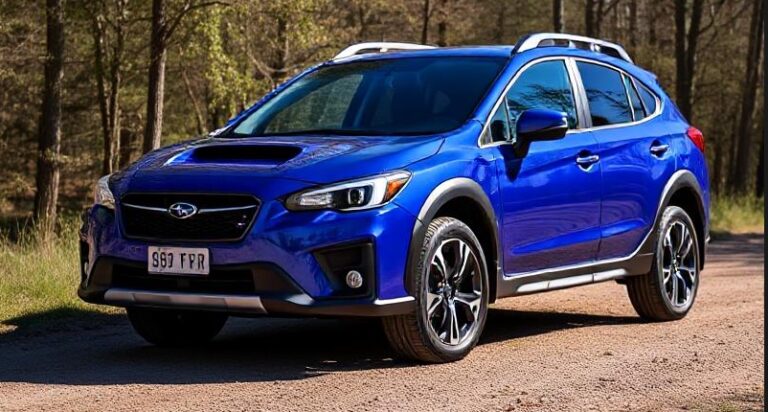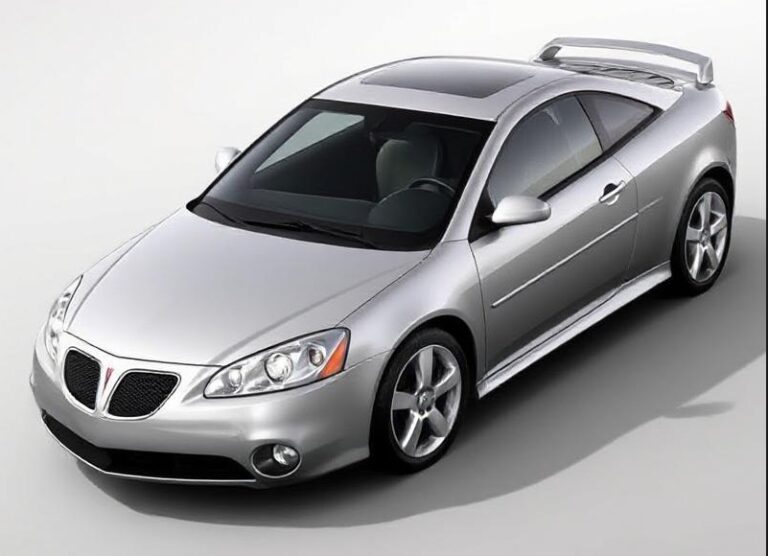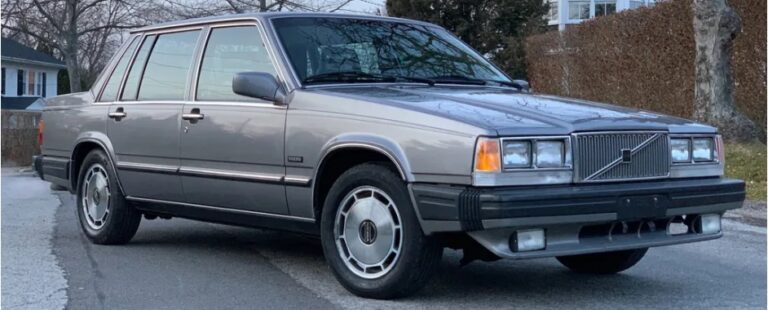The Evolution of the Nissan Navara
The Nissan Navara, known in some markets as the Nissan Frontier, is a pickup truck with a storied history that spans over three decades. Renowned for its durability, versatility, and evolving technology, the Navara has established itself as a staple in both commercial and personal vehicle segments worldwide. This article provides a detailed chronological overview of the Nissan Navara’s development, including production years, model designations, and trim levels.
Origins and Early Models (1985–1997)
First Generation (D21; 1985–1997)
The Nissan Navara’s roots trace back to the D21 series, introduced in 1985. Originally marketed as the Nissan Hardbody in North America, this generation marked Nissan’s entry into the compact pickup segment. It was built on a sturdy body-on-frame chassis and offered a range of configurations—including single and double cab variants.
Models and Trims:
During this period, the D21 was available in multiple trims, often differentiated by features and engines. In Japan, the lineup included the base “DX,” mid-tier “GL,” and the more upscale “SE” trims. In North America, the models were primarily labeled as the Nissan Hardbody with options such as the base model, XE, and SE trims, depending on the market and year.
Engine Options:
Engine choices ranged from carbureted 2.4-liter four-cylinder engines to more powerful 2.4L and 2.6L gasoline engines, and diesel options such as the 2.5L YD25 diesel in some markets.
The Second Generation (D22; 1997–2004)
Introduction and Features
The D22 series was launched globally in 1997, replacing the D21. Featuring a more modern design, improved comfort, and enhanced safety features, the D22 quickly gained popularity, especially in Asia, Australia, and the Middle East.
Design and Variants
The D22 retained body-on-frame construction but introduced more aerodynamic styling and improved suspension. It was available in several configurations: single cab, king cab (extended cab), and double cab.
Model and Trim Levels
Trim levels varied by region but generally included:
- Base/King Cab models: Often called “XE” or “SE” depending on the market, with the “XE” being more basic and “SE” offering additional features.
- Double Cab models: Typically offered in “XE,” “SE,” and “LE” trims, with the “LE” being the highest specification, including features like alloy wheels, upgraded interiors, and more advanced audio systems.
Engines
Engine options expanded with the introduction of turbocharged diesel engines, notably the 2.5L YD25 turbodiesel, and gasoline engines like the 2.4L and 3.3L V6 in certain markets.
Special Editions
Throughout this period, Nissan released various special editions, including the “King Cab” and “2WD/4WD” variants, emphasizing versatility and off-road capability.
The Third Generation (D40; 2004–2015)
Introduction and Design
Launched in 2004, the D40 series marked a significant redesign with a more refined and aggressive exterior, emphasizing comfort, safety, and technological advancements. This generation was a global effort, with production facilities in multiple countries, including Thailand, Spain, and South Africa.
Model Lineup and Trim Levels
The D40 Navara was offered in numerous configurations:
- King Cab (Extended Cab): Often with trims like “XE,” “SE,” and “LE.”
- Double Cab: The most popular variant, available in “S,” “SV,” ” PRO-4X,” and ” LE” trims, depending on the market.
Special Editions and Variants:
Nissan introduced several special editions, such as the “Nismo” performance models, and off-road-focused variants like the “PRO-4X” in North America.
Engines and Powertrains:
This generation saw a broadening of engine options:
- Diesel engines:
- 2.5L YD25 turbodiesel (common across markets)
- 2.5L YD25 turbodiesel with variable geometry turbo (VGT) in later models
- 2.5L YD25 dCi (in some European markets)
- Gasoline engines:
- 2.5L YD25 petrol (less common)
- 2.5L QR25DE inline-4 in some markets
- 4.0L V6 (VQ40DE) in select trims and markets, particularly North America
Transmission Options:
Manual transmissions ranging from 5- to 6-speed, alongside 4-speed and 5-speed automatic transmissions.
Technological Features:
Safety features like ABS, airbags, and electronic stability control became standard in higher trims. Infotainment options evolved from basic radios to touchscreen systems.
The Fourth Generation (D23; 2015–present)
Introduction and Design Philosophy
Unveiled in 2015, the D23 series signified a move towards a more refined, comfortable, and technologically advanced pickup. It was designed primarily for global markets including Asia, Australia, and Africa, featuring a modern exterior, improved aerodynamics, and innovative safety features.
Models and Trim Levels
The D23 Navara was offered in various trims:
- Single Cab: Targeted at commercial users, with basic features.
- King Cab (Extended Cab): Mid-range trims with options for higher payloads.
- Double Cab: The flagship variant, available in multiple trims such as “S,” “SV,” “SL,” “Pro-4X,” and “N-Guard” (in some markets).
Market-Specific Variants
In Australia, the Navara was marketed as the NP300, with trim levels like “ST,” “ST-X,” “SL,” and “N-Guard.” European markets saw trims like “Visia,” “Acenta,” “N-Connecta,” “Tekna,” and “N-Guard.” North American markets, where the model was branded as the Nissan Frontier, featured trims such as “S,” “SV,” “Pro-4X,” and “Pro-4X Premium.”
Engine Lineup and Powertrains
This generation emphasizes diesel powertrains, notably:
- 2.3L twin-turbocharged four-cylinder diesel (YSD22 and YS23): Offering increased efficiency and power, with outputs ranging from 160 to 190 horsepower.
- 3.8L V6 (VQ38DE): Available in some markets, especially North America, producing around 310 horsepower, mainly for the Frontier variant.
Transmission Options:
6-speed manual and 7-speed automatic transmissions are standard, with some markets offering a 6-speed manual.
Technological and Safety Features:
The D23 Navara introduced advanced safety systems like Intelligent Emergency Braking, lane departure warning, and around-view monitors in higher trims. Infotainment systems with touchscreen displays, Bluetooth connectivity, and navigation became standard in upper trims.
.
RepairSurge Online Repair Manuals Replace Bulky Books With Reliable Digital Information!
Faster And Cheaper Than Traditional Printed Manuals, Users Get Instant Access To The Repair Information They Need For Any Car, Truck, Van or SUV:
.
Special Editions and Variants in the Modern Era
Throughout its latest generation, Nissan has continually expanded the Navara lineup with special editions and packages tailored to regional preferences:
- Pro-4X / N-Guard / Pro-4X Premium: Off-road and luxury-focused trims with skid plates, off-road tires, and upgraded interiors.
- All-Mode 4×4 and Off-Road Packages: Enhancing off-road capability with electronic locking differentials, hill descent control, and off-road driving modes.
Notable Milestones and Market Impact
The Nissan Navara has been recognized for its robustness in tough conditions and versatility across diverse markets. Its evolution reflects a shift from simple workhorse trucks to sophisticated pickups blending utility with comfort and technology.
- Global Recognition: The Navara has won multiple awards, including the International Pick-up Award (IPUA) in 2016 and 2019.
- Commercial and Personal Use: The model’s flexible configurations have made it popular among farmers, builders, adventurers, and urban drivers.
Conclusion
From its inception as the D21 in 1985 to the modern D23 series launched in 2015, the Nissan Navara has undergone significant transformations. Each generation has brought advancements in design, technology, and capabilities, maintaining its reputation as a reliable and versatile pickup truck. With ongoing innovations, the Navara continues to adapt to changing market needs, ensuring its relevance in the competitive global pickup truck segment.


